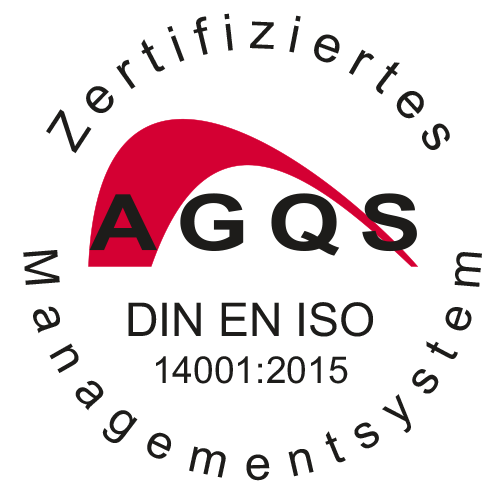
The workplace regulation ASR A1.3: Safety and Health Protection Markings provides guidance on the correct marking of danger points and specifies the requirements for escape and rescue routes.
Marking obstacles and danger points
Obstacles and danger points must be clearly and permanently marked with yellow and black or red and white stripes (safety markings). Danger points are all places where there is a risk of bumping into, crushing or falling. The size of the marking depends on the dimensions of the hazard (larger hazard = wider marking). On shearing and crushing edges with relative movement, safety markings must also be placed at an angle to each other in opposite directions. By inclining the safety markings in opposite directions, an optical arrow effect is created and perception is increased even further.
Safety markings
Safety markings should be made with alternating red and white or black and yellow stripes. The width ratio of the two colours should be 1 to 1 and the angle of inclination of the stripes ~ 45°. The inclination can be right or left.
Red and white markings are used for temporary danger points. Examples of this are construction pits or short-term area closures.
Black and yellow markings, on the other hand, are to be used for permanent obstacles and danger points. Examples are permanent trip or impact edges.
Self-adhesive safety markings can be applied to all smooth surfaces. They therefore offer the possibility of retrofitting safety markings quickly and easily. Furthermore, you have the advantage that the colour shade and angle of inclination are always maintained.
Marking of roadways
To prevent accidents with vehicles, it is advisable to visually separate driving and walking areas. Therefore, according to the ASR, road markings must be clearly recognisable, continuous and coloured. The colour must contrast sufficiently with the background. The ASR names white and yellow as the preferred colour. The marking must be applied to the floor with a width of at least 50 mm.
You can find options for traversable and coloured floor markings under our floor marking tapes. Self-adhesive floor marking tapes have the advantage that they can be removed again and thus allow restructuring. Furthermore, there are no drying or curing times.
As an alternative to a coloured roadway marking, a comparable row of nails can also be applied. As a guideline, at least three nails per metre should be used.
The complete ASR A1.3 can be found in the BAuA download area.




